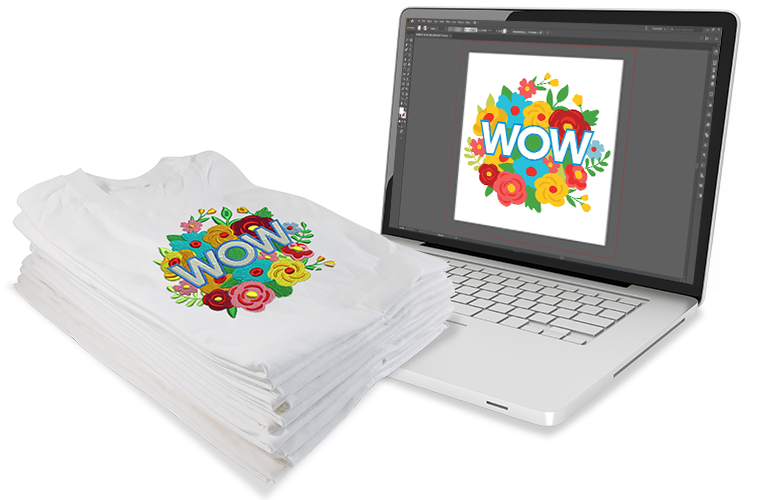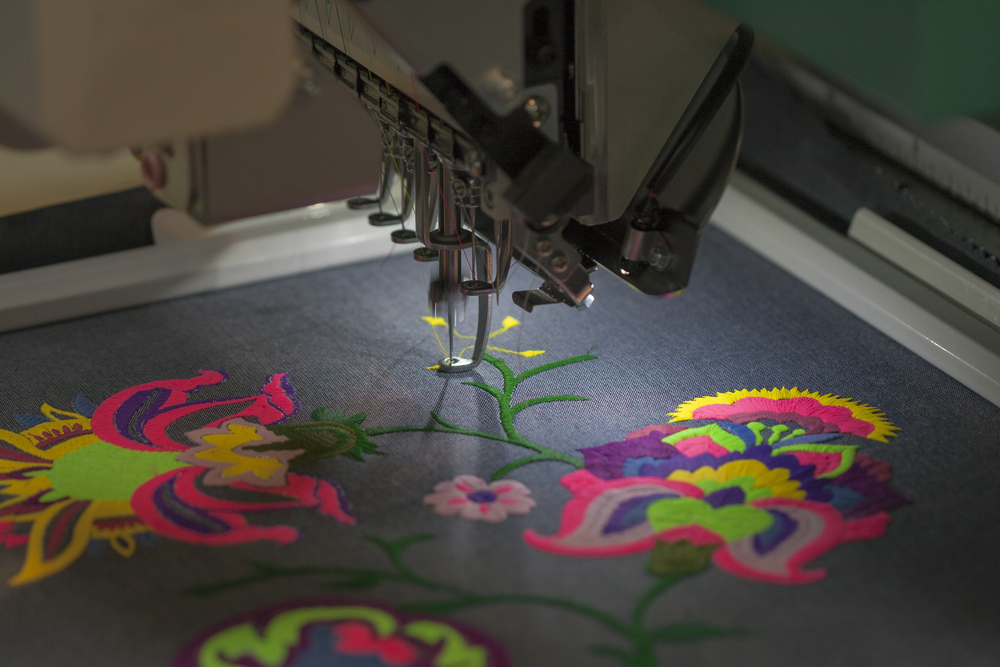Grasping the Needlework Digitizing Process: Your Ultimate Overview
Needlework digitizing is a careful craft that calls for precision and expertise to convert intricate styles right into digital styles for equipment embroidery. As craftsmens start this journey to understand the embroidery digitizing process, an extensive understanding of the essentials sets the foundation for quality. Past the rudimentary understanding lies a world of innovative software program, specialized devices, and nuanced techniques waiting to be explored. By delving into the subtleties of digitizing, one can open a world of innovative possibilities and elevate their embroidery projects to new heights.

Comprehending Needlework Digitizing Essentials
Needlework digitizing essentials create the structure whereupon complex styles are equated into machine-readable layouts for exact stitching. This first action in the needlework digitizing process is important for making sure that the last embroidered product is a devoted representation of the original style. Understanding embroidery digitizing basics involves grasping vital principles such as stitch kinds, sew instructions, density, underlay, and draw settlement.
Sew types play an important function in identifying the visual and textural result of the stitched design. By picking the ideal stitch kind, whether it be satin, fill, or running stitch, digitizers can accomplish the desired effect and improve the overall quality of the needlework. Furthermore, stitch instructions affects the flow and dimension of the layout, while density identifies the spacing and protection of the stitches.
Furthermore, padding stitching provides security to the style by securing the textile and protecting against distortion during the needlework procedure. Pull settlement is one more necessary consideration to counteract the all-natural tendency of material to contract when sewn. Grasping these embroidery digitizing essentials is essential for creating professional-quality stitched products.
Choosing the Right Digitizing Software Application
Selecting the suitable digitizing software program is a vital choice that substantially influences the effectiveness and high quality of the embroidery digitizing process. Digitizing for Embroidery. When selecting the appropriate digitizing software, it is vital to take into consideration factors such as the complexity of styles you prepare to develop, the user-friendliness of the software program, the level of customer support provided, and the compatibility with your needlework equipment
There are numerous digitizing software options offered out there, varying from standard programs for newbies to advanced software for professional digitizers. Some prominent options consist of Wilcom EmbroideryStudio, Hatch Needlework Software, and PulseID. These software offer a vast array of tools and functions to assist you produce elaborate styles with simplicity.
Before choosing, it is a good idea to explore the different software application options through free trials or demos to determine which one ideal matches your demands. In addition, reviewing evaluations and seeking suggestions from knowledgeable digitizers can provide important insights right into the toughness and weaknesses of each software package (Digitizing for Embroidery). By carefully reviewing your needs and comparing the features of various digitizing software application, you can make an educated choice that enhances your needlework digitizing process
Digitizing Tools and Strategies

Optimizing Design Settings for Embroidery
Grasping the complexities of style settings is fundamental in accomplishing ideal lead to the embroidery digitizing process, building upon the foundation laid by understanding digitizing tools and techniques. When optimizing style setups for embroidery, it is vital to think about aspects such as stitch kind, density, rug, draw payment, and registration. Stitch type selection impacts the overall feel and look of the layout, with choices more tips here like satin, fill, and running stitches using various structures and effects. Density describes the spacing and density of stitches, impacting the style's protection and toughness. Appropriate underlay sewing supplies stability and prevents textile check these guys out distortion, specifically for complicated designs or on elastic materials. Pull settlement changes for material stretch throughout sewing, making sure accurate layout duplication. Registration setups line up different components of the layout precisely, maintaining total style stability. By fine-tuning these layout setups, embroiderers can enhance the high quality and precision of their stitched developments.

Troubleshooting Common Digitizing Issues
When experiencing usual digitizing problems during the needlework process, it is necessary to understand the source and carry out reliable options promptly. One typical trouble is stitch thickness issues, where stitches might be too dense, creating the fabric to pucker, or as well thin, causing gaps in the style. Changing the stitch thickness settings in the digitizing software application can aid fix this go to my blog problem.
Another frequent difficulty is string breaks during the embroidery procedure. This can take place because of various reasons such as wrong tension setups, dull needles, or utilizing low-grade string. Ensuring proper maintenance of the embroidery maker, consisting of normal needle changes and tension adjustments, can reduce the occurrence of thread breaks.
Furthermore, layout enrollment mistakes can cause misaligned elements within the embroidery design. Checking the design alignment in the digitizing software and making required adjustments before stitching can help in avoiding this issue. By addressing these typical digitizing problems immediately and successfully, you can make certain a smoother needlework procedure and high-quality completed products.
Conclusion
Finally, grasping the needlework digitizing process needs a solid understanding of the basics, the appropriate selection of software application, and understanding of tools and strategies. Maximizing style settings and repairing usual digitizing problems are important action in ensuring high-grade needlework results. By following these actions vigilantly, one can achieve accuracy and effectiveness in the digitizing procedure.
Comments on “Reliable Digitizing for Embroidery: Quick Turn-around”